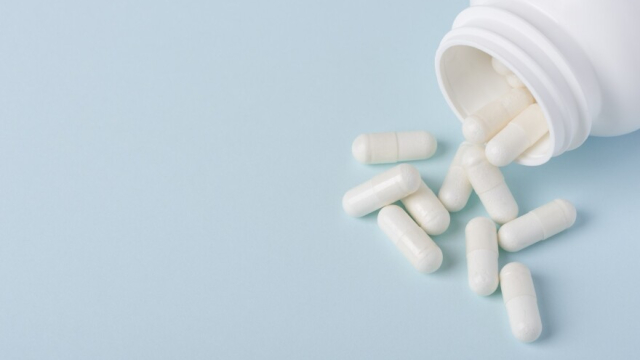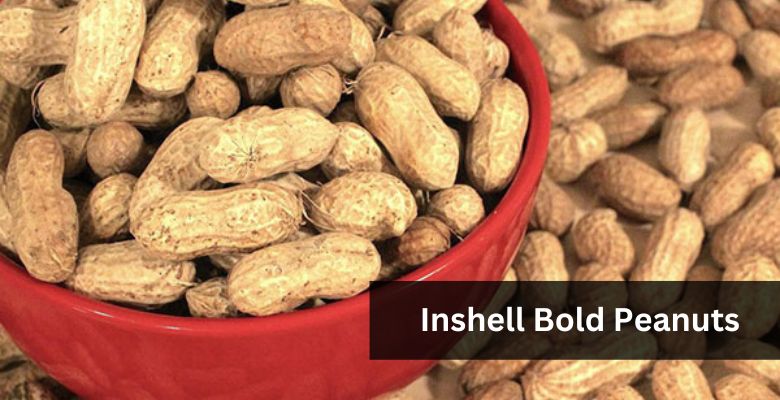Controlled medications, which often include prescription drugs that have the potential for misuse, abuse, or diversion, necessitate meticulous handling and tracking. Ensuring that these medications are appropriately collected, documented, and disposed of becomes paramount not just for patient safety, but also for public health and legal reasons. Moreover, we will delve into understanding the aspects of one of the prominent platforms Cleanco Waste Treatment (CWT). We will understand the methodologies and metrics used in this crucial aspect of healthcare and pharmacology.
As we navigate through this guide, we will explore the qualitative and quantitative measures that provide insights into the effectiveness and efficiency of controlled medication collection processes. From statistical evaluations to software tools, we aim to equip readers with a comprehensive understanding of how best to monitor, evaluate, and optimize these collection measures.

Important Measures Of Controlled Medication Collection:
Controlled medication collection is a methodical procedure that guarantees drugs are correctly returned and disposed of, especially those that might be misused or have negative environmental effects. For the preservation of the environment, regulatory compliance, and public safety, it is imperative to accurately measure the efficacy of these collecting activities. The following are some crucial actions related to the collection of banned substances:
Size of the Collection –
The total amount of medicine gathered during a certain time period is measured using this simple metric. It can be further divided by medicine class or kind.
Rate of Participation –
This gauges the proportion of eligible participants actively participating in the medicine-collecting program, including pharmacies, hospitals, and patients.
Accessibility of the collection site –
Determine the quantity and location of collecting locations. an increased density in populated or risky locations.
Public Education and Awareness –
Surveys may be used to measure how well-informed the public is about the collecting program, how important it is, and how they can become involved.
Impact on the Environment –
Determine the medication’s environmental impact, taking into account things like safe drug disposal, lessened groundwater pollution, etc.
Efficiency of Cost –
Compare the program’s expenditures for collecting, transportation, public awareness campaigns, and disposal to its benefits while examining its financial elements.
Program Expansion –
Keep tabs on the program’s growth in terms of additional collection sites, a rise in the amount of pharmaceuticals collected, or a growing number of participants.
Regulatory Conformity –
Ascertain that the program complies with all national, state, and local laws governing the collection and disposal of restricted substances.
Prevention of Diversion –
The program’s ability to stop the diversion of restricted substances for illegal use should be evaluated. This can entail keeping tabs on decreased numbers of drug-related crimes or overdoses in the neighborhood.
Feedback and Contentment –
Obtain feedback about the program’s success and experiences from participants, medical experts, and the general public.
Breakdown by Type of Medicine –
Recognizing the kinds of drugs that are being returned most frequently might provide information about prescription trends, potential abuse, or community health requirements.
Technical Effectiveness –
Analyze the effectiveness, precision, and user-friendliness of programs that employ software or digital technologies for tracking.
Periodic Reviews and Audits –
Schedule audits on a regular basis to make sure that all prescriptions gathered are accounted for and disposed of safely, with no chance of leakage or improper handling.

How To Collect Controlled Medication Waste In A Proficient Way?
To guarantee correct disposal and avoid any potential harm to the environment or public health, supervised prescription waste collection is crucial. For effective collection, remember to do the following actions:
Choose a Responsive Team –
Establish a group or person in charge of handling discarded restricted substances. This individual has to be knowledgeable with the rules and regulations governing trash disposal.
Knowing the rules –
Recognize and abide by all regional, national, and municipal laws governing the disposal of restricted drugs. In the US, instructions for disposing of banned narcotics are provided by the Drug Enforcement Administration (DEA).
Secure Containers for Collection –
When collecting trash from restricted medications, use tight, tamper-resistant containers. To prevent illegal access, these containers need to be properly labeled and equipped with a locking mechanism.
Separate Waste Streams –
Sort regulated pharmaceutical trash from non-controlled pharmaceutical waste and ordinary medical waste. In order to guarantee correct handling and disposal, this segmentation is essential.
Train Staff –
Teach medical staff how to properly dispose of trash from regulated substances. Moreover, they are aware of the significance of adhering to rules and regulations.
Waste Document Generation –
Keep track of the wasted prescription drugs you use. Furthermore, for the purposes of auditing and compliance, this paperwork is necessary.
Put a tracking system in place –
Establish a tracking mechanism to keep an eye on the disposal of controlled prescription waste. Moreover, this promotes responsibility and avoids distraction.
DEA-Registered Facilities –
Work with licensed reverse distributors or DEA-registered facilities that are authorized to handle and dispose of controlled substances. Therefore, they will have the necessary expertise and resources to manage controlled medication waste safely and compliantly.
Regular Disposal Schedule –
Moreover, set a regular schedule for disposing of controlled medication waste. Avoid accumulating waste for extended periods, as this can increase the risk of diversion or accidental exposure.
Encourage Responsible Disposal by Patients –
Educate patients about the importance of proper disposal of controlled medications. Therefore, provide them with information on drug take-back programs or safe disposal options, if available in your area.
Monitor and Improve –
Continuously monitor the waste management process and identify areas for improvement. Moreover, regularly review your procedures and update them to ensure ongoing compliance with regulations.
By establishing a proficient waste management system, healthcare facilities can safeguard public health and protect the environment from potential harm caused by improper handling of controlled medications.
Concluding Remarks:
Remember, the handling and disposal of controlled medication waste require diligence and strict adherence to legal guidelines. By implementing these steps, you can help protect public health and the environment while meeting regulatory requirements.
Cleanco waste treatment is one of the perfusing platforms where you will be able thoroughly to accomplish Controlled Medications Collection, with ease. Therefore, through this platform, you would be able to properly control the collection of medicine waste that can hamper the environment.



